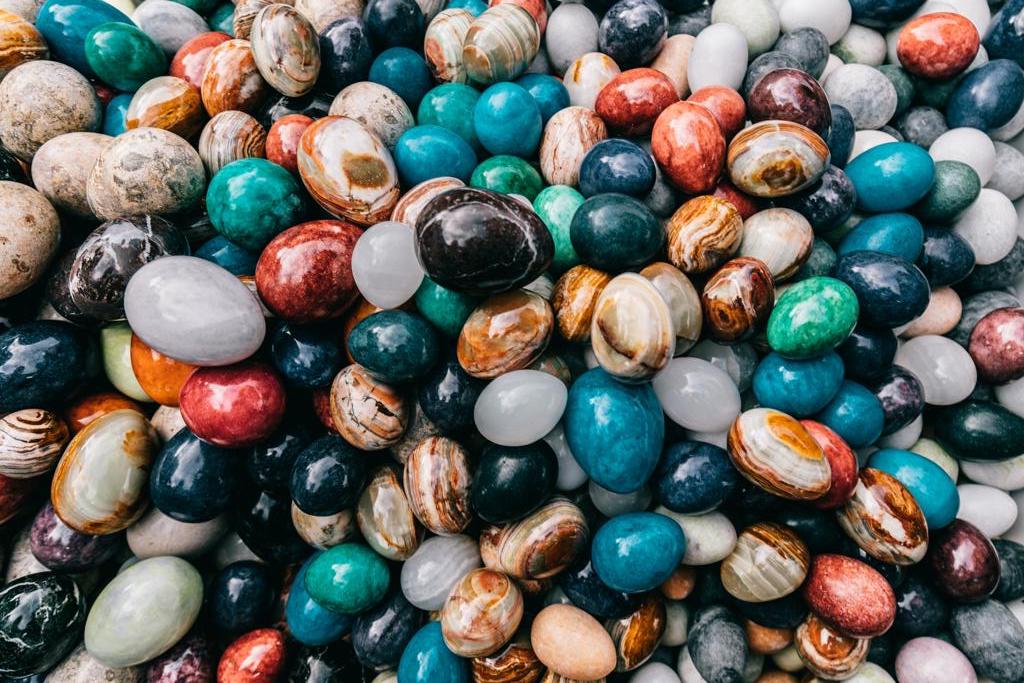Ichnusaite and Nuragheite 0 Comments

In the the Sardinian art of jewellery article, we say that Sardinian jewels are of a very particular beauty indeed. Gold or silver, worked in filigree, bejewelled with stones and coral: jewels are an important part of traditional clothing, they have a history, a bit of myth and a bit of truth. But what we omitted in telling is that "If you intend to give your loved one a truly rare ring, forget the diamonds and give her a Sardinian Ichnusaite". In fact, this is how Robert Hazen, a researcher at the Carnegie Institution for Science of Washington has ironically announced his discovery, when presenting his latest scientific publication on the rarest minerals on Earth. Ichnusaite is one of the approximately 2,500 rarest minerals in the world (compared to which diamonds seem to be much more widespread). But it could never be mounted on a jewel due to its extreme fragility and the minimal quantities found. In 2016 it was declared by the Mineralogical Society of America as the rarest in the world.
It is called Ichnusaite from "Ichnusa", the ancient name of Sardinia, because it was discovered for the first time in 2013 in the south of the island, in Punta de su Seinargiu, west of the town of Sarroch, in the Sulcis Iglesiente zone where the largest area of Sardinia’s mining activities is concentrated.
Ichnusaite is a tubular crystal, colourless, thin and up to 200 microns long, very similar to Nuragheite, named after the the Nuraghi, the second extremely rare mineral found in Sardinia, also in Sarroch, but which has a pearly crystalline lustre.
The news of the discovery of the Ichnusaite and Nuragheite minerals was spread all around the world, making the soil of Sardinia famous for its wealth of ever new discoveries. Experts hope that their studies will result in new knowledge about crystallo-chemistry. It is very likely that research on the newest Sardinian minerals will lead to important results but in the meantime, we limit ourselves to being proud of the Sardinian subsoil which has always, over the millennia, provided precious materials that have helped mankind to evolve in history.
“The mineral world is a much more supple and mobile world than could be imagined by the science of the ancients. Vaguely analogous to the metamorphoses of living creatures, there occurs in the most solid rocks, as we now know, perpetual transformation of a mineral species.” (Pierre Teilhard de Chardin)
--
Written by Daniela Toti
Share your opinion with us!